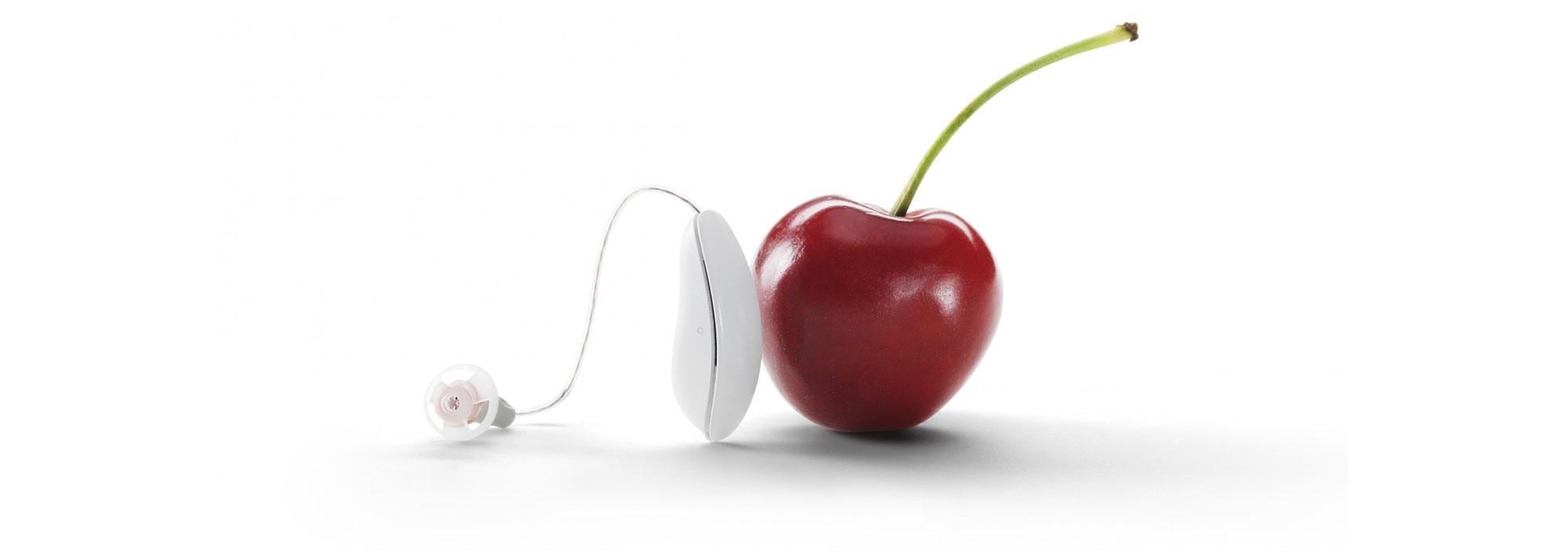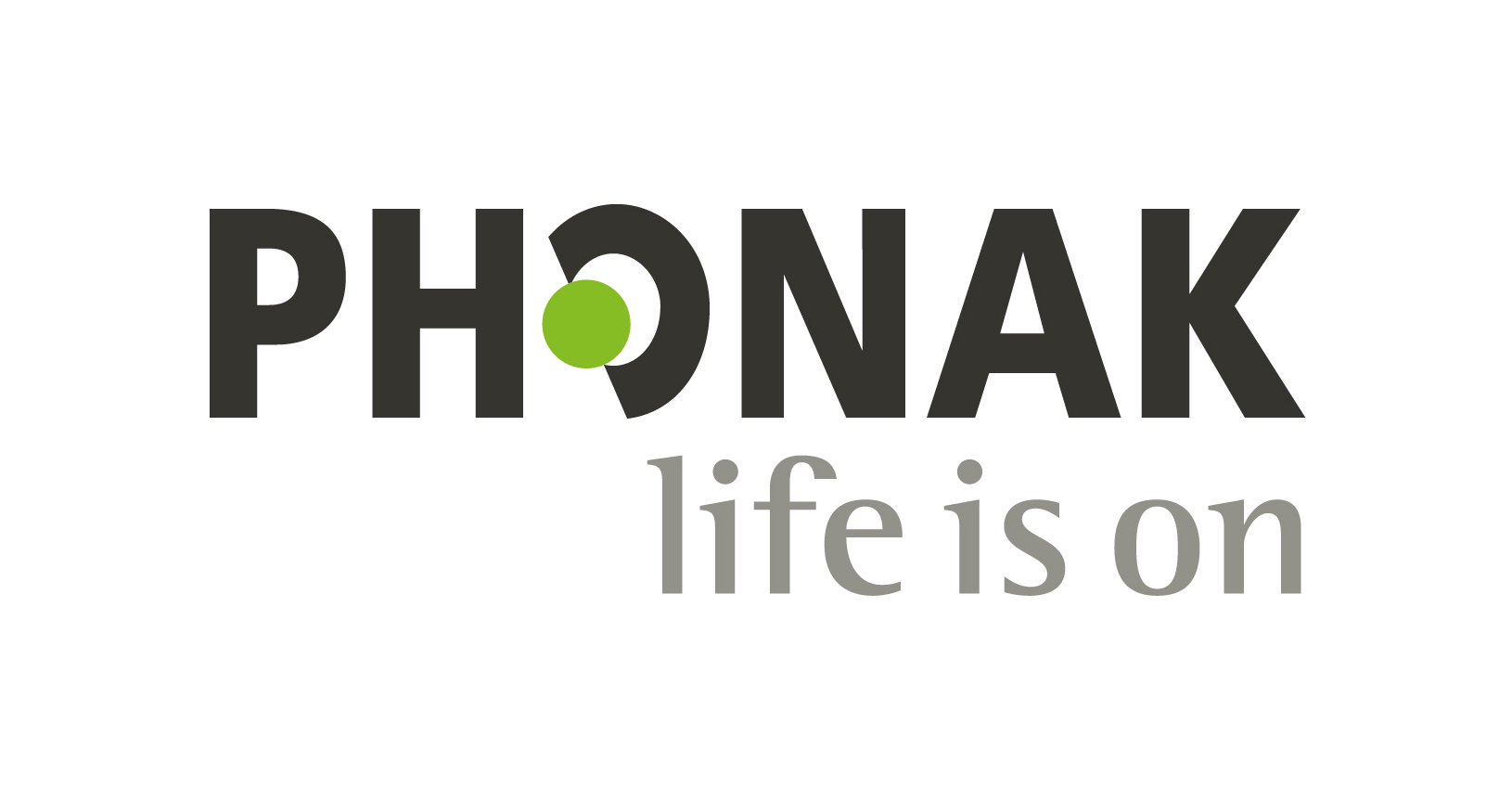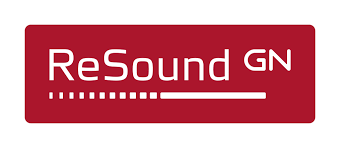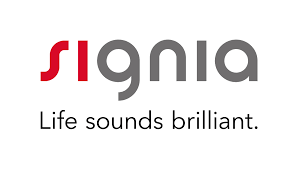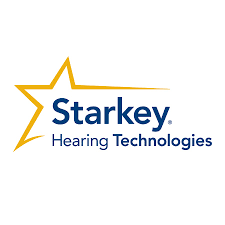Hearing aids are only part of the solution.
A successful solution for hearing loss comprises of three key elements. It is important that each element is addressed in order to guarantee a successful outcome:
- Your readiness and motivation
- Your hearing care provider
- A hearing instrument
First – your readiness and motivation
If you’re living with hearing loss, the first ingredient to a successful solution is your willingness and motivation to invest some time and energy into restoring your hearing and listening ability.
The greater the degree of your hearing loss and the longer you have lived with the loss, the longer it will take to make these new sounds sound “normal.” If you’re not patient and motivated to restore your hearing, you’ll likely give up.
Second – your hearing care provider
To successfully restore your hearing, you need to find a hearing care provider that you like and trust. You’ll be spending a fair deal of time with your hearing practitioner, and so it’s important to find someone with whom you can communicate effectively.
The job of your hearing care provider is to assess the problem, evaluate the need, select the appropriate solution and help you achieve a successful outcome. He or she must understand and be comfortable with the technology involved, but also be a good listener and communicator – you will depend on him or her to help you get the most out of your residual hearing.
Perception and comfort level is different for every individual – so even though many precise measurements are taken to prescribe appropriate device settings, there is still an “art” component to a successful hearing solution. Just as some people like bright colours and others prefer more muted hues, we each respond differently to different tones. The person programming your hearing instruments needs to be highly discerning and sensitive to how these variables apply to you.
Your hearing care provider will be your guide as you re-learn the listening and communication skills that have atrophied due to your hearing loss. Slowly and deliberately, your hearing practitioner will adjust the settings of your hearing instruments as you adapt to your new listening abilities.
You should expect to visit your hearing care provider at least twice a year to keep your hearing in top shape. Ideally, we recommend three to four visits per year.
Third – a hearing instrument
As stated above, part of the job of the hearing care provider is to find the right solution – this includes a hearing instrument and appropriate aural rehabilitation.

